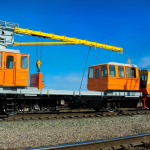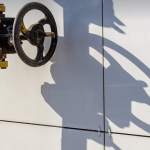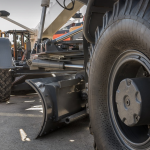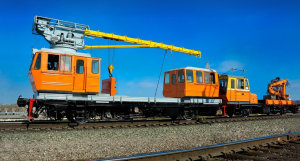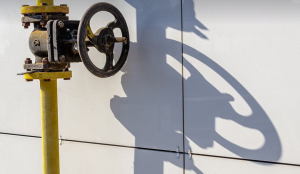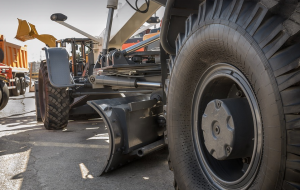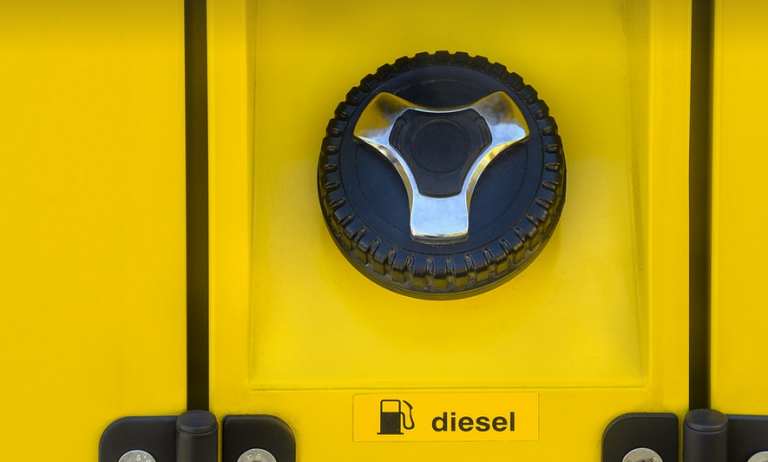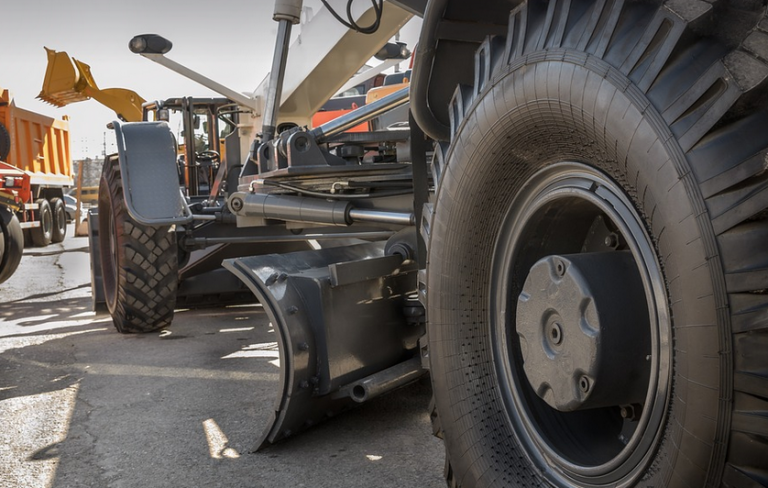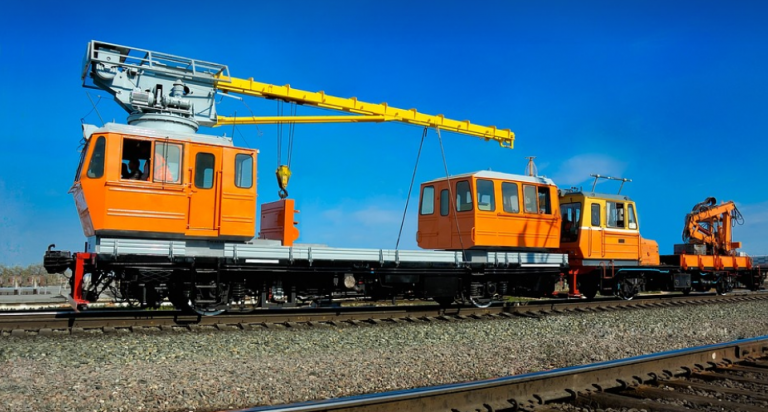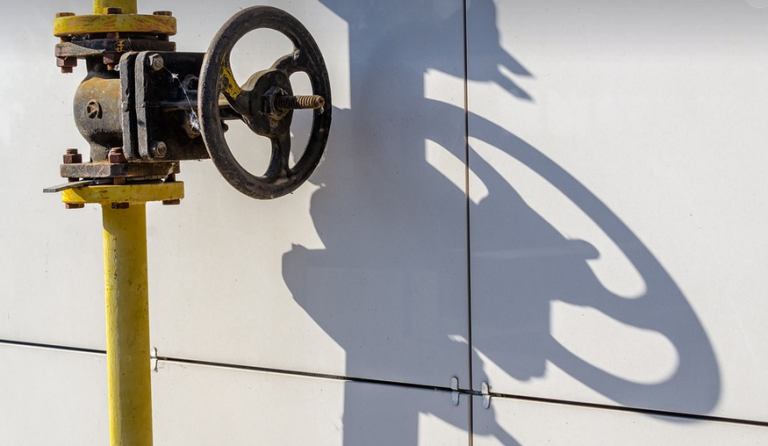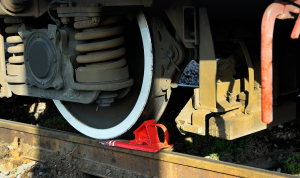The Role of Inspection Tools
Welding inspection is a critical process in ensuring the safety and quality of welds made in various industries. It’s all about meticulous examination to identify defects, assess structural integrity, and guarantee that the weld meets strict standards. Welding inspectors play a vital role in this process, utilizing specialized tools and techniques to perform their duties.
To delve into the world of welding inspection, let’s explore some essential tools used by professionals in this field. These tools go beyond simple visual checks; they offer a range of features that streamline inspection processes and enhance accuracy.
Types of Welding Inspection Tools
Welding inspectors rely on a diverse range of tools to perform their duties effectively. Some of the key categories include:
**1. Visual Inspection Tools:** These are the cornerstone of welding inspection, allowing for quick assessment of weldments.
* **Magnifying Glasses:** These offer close-up views of welds, allowing inspectors to identify surface flaws like porosity, cracks, and undercuts. High-magnification versions can even detect microscopic defects that may otherwise go unnoticed. * **Flashlights:** A good flashlight can reveal cracks or other imperfections in the weld by illuminating them clearly.
**2. Measuring Tools:** The accuracy of measurements is crucial when it comes to welding inspection. These tools ensure consistency and prevent costly rework, saving time and resources in long run.
* **Calipers (Digital/Micrometer):** These are essential for measuring weld thickness, gap width, and other critical dimensions. Digital calipers offer quick measurements, while micrometers deliver precise readings for more intricate details. * **Tape Measures:** Tape measures help gauge the overall size of weldments and ensure they align with specified requirements.
**3. Non-Destructive Testing (NDT) Tools:** These methods avoid physically altering the weld; instead, they detect flaws through specific techniques.
* **Ultrasonic Testing (UT):** This method utilizes sound waves to scan for internal flaws like cracks and voids in welds. It’s particularly useful when examining thick sections or hidden defects. * **Radiographic Testing (RT):** This process uses X-rays to penetrate the weld, revealing any irregularities or defects that may be hard to see visually. * **Magnetic Particle Inspection (MPI):** This method identifies surface cracks and discontinuities within the weld by employing magnetic fields. This technique is effective in detecting flaws caused by inclusions like foreign particles.
**4. Electronic Inspection Tools:** Technology plays a significant role in modern welding inspection, offering greater precision and efficiency.
* **Weld Visual Inspection Software:** These software packages often incorporate advanced image processing that can analyze weld images for various defects and predict potential failure points. * **Laser Profilers:** This tool uses laser beams to profile the surface of welds, allowing inspectors to measure depth, uniformity, and other critical parameters with high accuracy.
Choosing the Right Tools
The selection of the right inspection tools depends on several factors:
* **Welding Process:** Different welding processes require different types of inspection tools. TIG welding, for example, requires specialized equipment like a precision torch and clamps to ensure proper control.
* **Weld Quality Requirements:** The desired quality level of the weld will dictate the choice of tools. For instance, high-pressure vessels or critical pipelines necessitate more stringent inspections.
* **Materials & Environment:** The base metal material and welding environment play a role in choosing the right tools. For example, corrosion-resistant materials need specialized inspection equipment that can withstand specific environmental conditions.
Why Invest in Quality Inspection Tools?
Investing in quality inspection tools isn’t just about convenience; it’s an investment that pays off in many ways:
- **Enhanced Accuracy:** High-quality tools deliver more precise measurements and defect detection, leading to reliable welds.
- **Increased Efficiency:** Timely identification of defects through efficient inspection methods prevents major rework later.
* **Reduced Costs:** Improved weld quality translates into fewer failures, minimizing repair costs and potential safety hazards.
* **Improved Safety & Reliability:** Thorough inspections help ensure welds meet stringent standards, ensuring the structural integrity of components is maintained, ultimately leading to increased safety for everyone involved.
Conclusion: A Partnership in Quality
The right combination of tools and rigorous inspection practices are essential for achieving high-quality welds. These tools don’t just help inspectors; they work in tandem with them to ensure the success of any welding project, from intricate industrial components to everyday household items.
Welding is a complex field that relies on precision and accuracy. By carefully selecting and utilizing the right inspection tools, welding inspectors can contribute to safer, more reliable products and structures.
